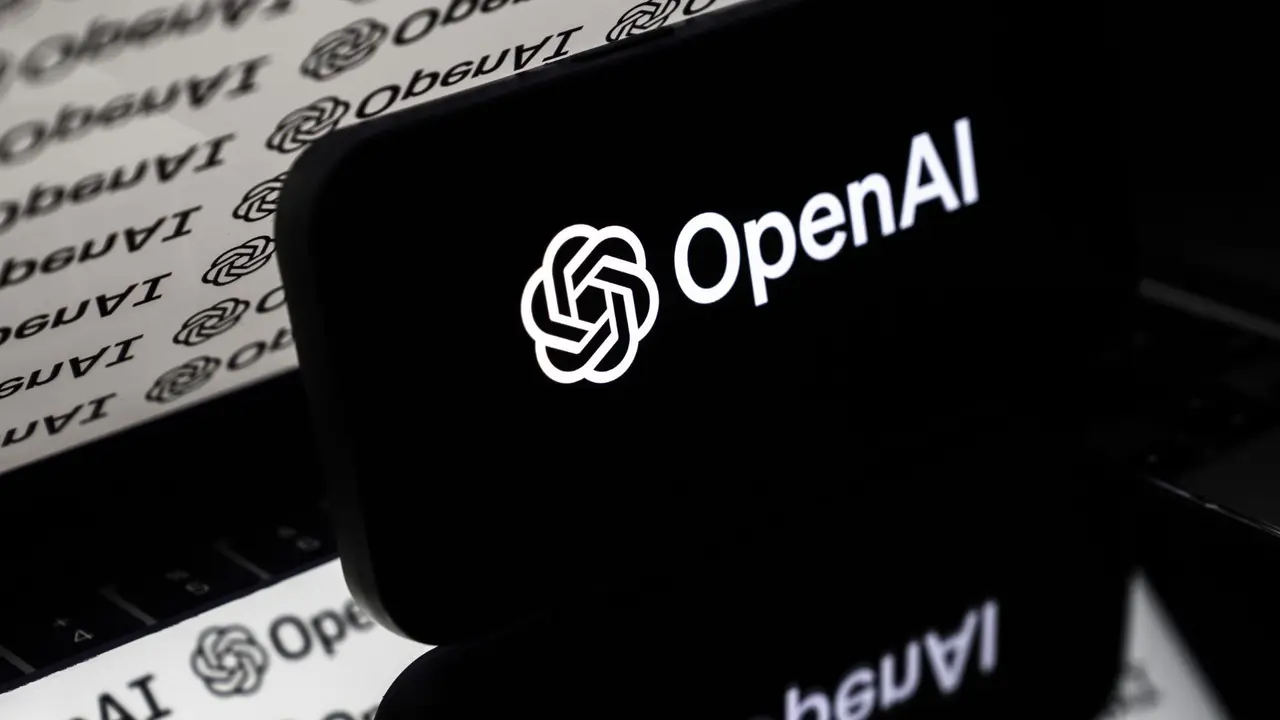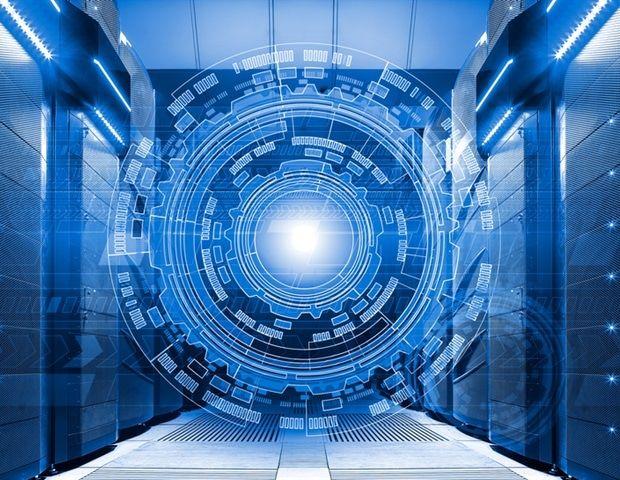AI-Enhanced Algorithm Revolutionizes Diagnosis of REM Sleep Behavior Disorder
2 Sources
2 Sources
[1]
Automated method to detect common sleep disorder affecting millions
A Mount Sinai-led team of researchers has enhanced an artificial intelligence (AI)-powered algorithm to analyze video recordings of clinical sleep tests, ultimately improving accurate diagnosis of a common sleep disorder affecting more than 80 million people worldwide. The study findings were published in the journal Annals of Neurology on January 9. REM sleep behavior disorder (RBD) is a sleep condition that causes abnormal movements, or the physical acting out of dreams, during the rapid eye movement (REM) phase of sleep. RBD that occurs in otherwise healthy adults is called "isolated" RBD. It affects more than one million people in the United States and, in nearly all cases, is an early sign of Parkinson's disease or dementia. RBD is extremely difficult to diagnose because its symptoms can go unnoticed or be confused with other diseases. A definitive diagnosis requires a sleep study, known as a video-polysomnogram, to be conducted by a medical professional at a facility with sleep-monitoring technology. The data are also subjective and can be difficult to universally interpret based on multiple and complex variables including sleep stages and amount of muscle activity. Although video data is systematically recorded during a sleep test, it is rarely reviewed and is often discarded after the test has been interpreted. Previous limited work in this area had suggested that research-grade 3D cameras may be needed to detect movements during sleep because sheets or blankets would cover the activity. This study is the first to outline the development of an automated machine learning method that analyzes video recordings routinely collected with a 2D camera during overnight sleep tests. This method also defines additional "classifiers" or features of movements, yielding an accuracy rate for detecting RBD of nearly 92 percent. "This automated approach could be integrated into clinical workflow during the interpretation of sleep tests to enhance and facilitate diagnosis, and avoid missed diagnoses," said corresponding author Emmanuel During, MD, Associate Professor of Neurology (Movement Disorders), and Medicine (Pulmonary, Critical Care and Sleep Medicine), at the Icahn School of Medicine at Mount Sinai. "This method could also be used to inform treatment decisions based on the severity of movements displayed during the sleep tests and, ultimately, help doctors personalize care plans for individual patients." The Mount Sinai team replicated and expanded a proposal for an automated machine learning analysis of movements during sleep studies that was created by researchers at the Medical University of Innsbruck in Austria. This approach uses computer vision, a field of artificial intelligence that allows computers to analyze and understand visual data including images and videos. Building on this framework, Mount Sinai experts used 2D cameras, which are routinely found in clinical sleep labs, to monitor patient slumber overnight. The dataset included analysis of recordings at a sleep center of about 80 RBD patients and a control group of about 90 patients without RBD who had either another sleep disorder or no sleep disruption. An automated algorithm that calculated the motion of pixels between consecutive frames in a video was able to detect movements during REM sleep. The experts reviewed the data to extract the rate, ratio, magnitude, and velocity of movements, and ratio of immobility. They analyzed these five features of short movements to achieve the highest accuracy to date by researchers, at 92 percent. Researchers from the Swiss Federal Technology Institute of Lausanne (École Polytechnique Fédérale de Lausanne) in Lausanne, Switzerland contributed to the study by sharing their expertise in computer vision.
[2]
AI-enhanced algorithm improves diagnosis of REM sleep behavior disorder
Mount Sinai Health SystemJan 9 2025 A Mount Sinai-led team of researchers has enhanced an artificial intelligence (AI)-powered algorithm to analyze video recordings of clinical sleep tests, ultimately improving accurate diagnosis of a common sleep disorder affecting more than 80 million people worldwide. The study findings were published in the journal Annals of Neurology on January 9. REM sleep behavior disorder (RBD) is a sleep condition that causes abnormal movements, or the physical acting out of dreams, during the rapid eye movement (REM) phase of sleep. RBD that occurs in otherwise healthy adults is called "isolated" RBD. It affects more than one million people in the United States and, in nearly all cases, is an early sign of Parkinson's disease or dementia. RBD is extremely difficult to diagnose because its symptoms can go unnoticed or be confused with other diseases. A definitive diagnosis requires a sleep study, known as a video-polysomnogram, to be conducted by a medical professional at a facility with sleep-monitoring technology. The data are also subjective and can be difficult to universally interpret based on multiple and complex variables including sleep stages and amount of muscle activity. Although video data is systematically recorded during a sleep test, it is rarely reviewed and is often discarded after the test has been interpreted. Previous limited work in this area had suggested that research-grade 3D cameras may be needed to detect movements during sleep because sheets or blankets would cover the activity. This study is the first to outline the development of an automated machine learning method that analyzes video recordings routinely collected with a 2D camera during overnight sleep tests. This method also defines additional "classifiers" or features of movements, yielding an accuracy rate for detecting RBD of nearly 92 percent. This automated approach could be integrated into clinical workflow during the interpretation of sleep tests to enhance and facilitate diagnosis, and avoid missed diagnoses. This method could also be used to inform treatment decisions based on the severity of movements displayed during the sleep tests and, ultimately, help doctors personalize care plans for individual patients." Emmanuel During, MD, Corresponding Author, Associate Professor of Neurology (Movement Disorders), and Medicine (Pulmonary, Critical Care and Sleep Medicine), at the Icahn School of Medicine at Mount Sinai The Mount Sinai team replicated and expanded a proposal for an automated machine learning analysis of movements during sleep studies that was created by researchers at the Medical University of Innsbruck in Austria. This approach uses computer vision, a field of artificial intelligence that allows computers to analyze and understand visual data including images and videos. Building on this framework, Mount Sinai experts used 2D cameras, which are routinely found in clinical sleep labs, to monitor patient slumber overnight. The dataset included analysis of recordings at a sleep center of about 80 RBD patients and a control group of about 90 patients without RBD who had either another sleep disorder or no sleep disruption. An automated algorithm that calculated the motion of pixels between consecutive frames in a video was able to detect movements during REM sleep. The experts reviewed the data to extract the rate, ratio, magnitude, and velocity of movements, and ratio of immobility. They analyzed these five features of short movements to achieve the highest accuracy to date by researchers, at 92 percent. Researchers from the Swiss Federal Technology Institute of Lausanne (École Polytechnique Fédérale de Lausanne) in Lausanne, Switzerland contributed to the study by sharing their expertise in computer vision. Mount Sinai Health System Journal reference: Abdelfattah, M., et al. (2025) Automated Detection of Isolated REM Sleep Behavior Disorder Using Computer Vision. Annals of Neurology. doi.org/10.1002/ana.27170.
Share
Share
Copy Link
Mount Sinai researchers develop an AI-powered algorithm that analyzes video recordings from sleep tests, significantly improving the diagnosis of REM sleep behavior disorder (RBD) with 92% accuracy.

Breakthrough in Sleep Disorder Diagnosis
Researchers at Mount Sinai have made a significant advancement in the diagnosis of REM sleep behavior disorder (RBD), a condition affecting over 80 million people worldwide. The team has developed an artificial intelligence (AI)-powered algorithm that analyzes video recordings from clinical sleep tests, dramatically improving the accuracy of RBD diagnosis
1
.Understanding REM Sleep Behavior Disorder
RBD is a sleep condition characterized by abnormal movements during the rapid eye movement (REM) phase of sleep, essentially causing patients to physically act out their dreams. "Isolated" RBD, which occurs in otherwise healthy adults, affects more than one million people in the United States and is often an early indicator of Parkinson's disease or dementia
2
.Challenges in Diagnosis
Diagnosing RBD has been notoriously difficult due to its subtle symptoms and potential confusion with other disorders. The current gold standard for diagnosis involves a video-polysomnogram, a sleep study conducted by medical professionals in specialized facilities. However, the interpretation of these studies can be subjective and complex, often leading to missed diagnoses
1
.AI-Powered Solution
The Mount Sinai team's innovative approach utilizes computer vision, a branch of AI that enables computers to analyze and understand visual data. Unlike previous studies that suggested the need for 3D cameras, this method successfully employs standard 2D cameras commonly found in clinical sleep labs
2
.Key features of the AI-powered algorithm include:
- Analysis of video recordings from overnight sleep tests
- Detection of movements during REM sleep
- Extraction of five key movement features: rate, ratio, magnitude, velocity, and ratio of immobility
Related Stories
Impressive Accuracy and Potential Impact
The algorithm achieved a remarkable 92% accuracy rate in detecting RBD, the highest reported to date. Dr. Emmanuel During, the study's corresponding author, emphasized the potential of this automated approach: "This method could be integrated into clinical workflow during the interpretation of sleep tests to enhance and facilitate diagnosis, and avoid missed diagnoses"
1
.Collaborative Effort and Future Implications
The research built upon earlier work by the Medical University of Innsbruck in Austria and involved collaboration with computer vision experts from the Swiss Federal Technology Institute of Lausanne. The study analyzed recordings from approximately 80 RBD patients and a control group of 90 patients without RBD
2
.This breakthrough has significant implications for the future of sleep disorder diagnosis and treatment. The automated approach could potentially inform treatment decisions based on the severity of movements observed during sleep tests, ultimately enabling doctors to create personalized care plans for individual patients
1
.References
Summarized by
Navi
Related Stories
Revolutionary AI Model Analyzes Full Night of Sleep with High Accuracy in Largest Study to Date
18 Mar 2025•Science and Research
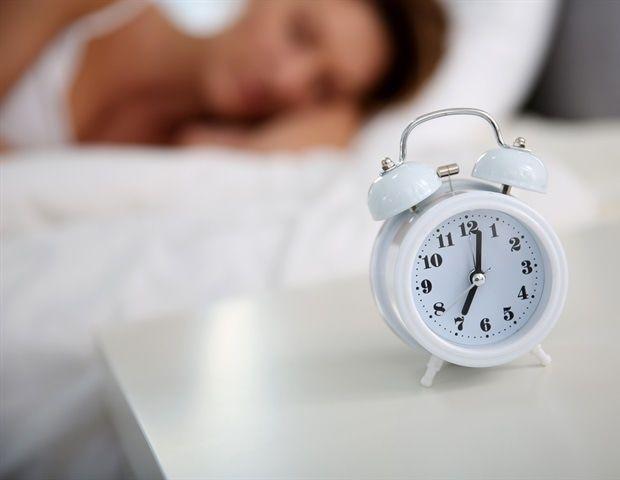
AI-Powered Smartphone Diagnostics: A Game-Changer for Nystagmus Detection
05 Jun 2025•Technology
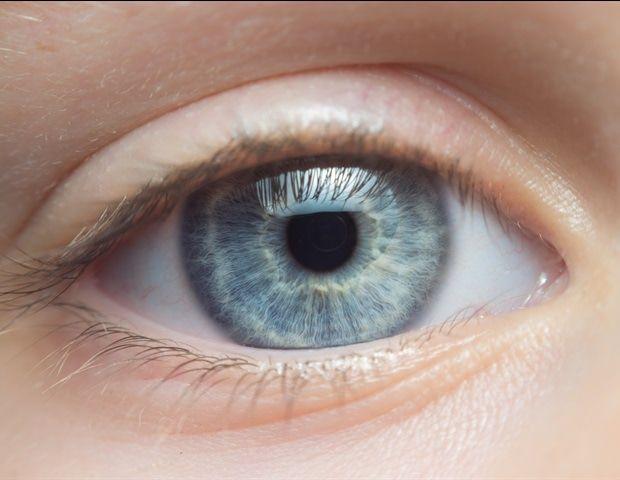
AI Tool VisionMD Revolutionizes Assessment of Parkinson's Disease and Movement Disorders
15 Apr 2025•Health

Recent Highlights
1
AI Chatbots Sway Voters More Effectively Than Traditional Political Ads, New Studies Reveal
Science and Research
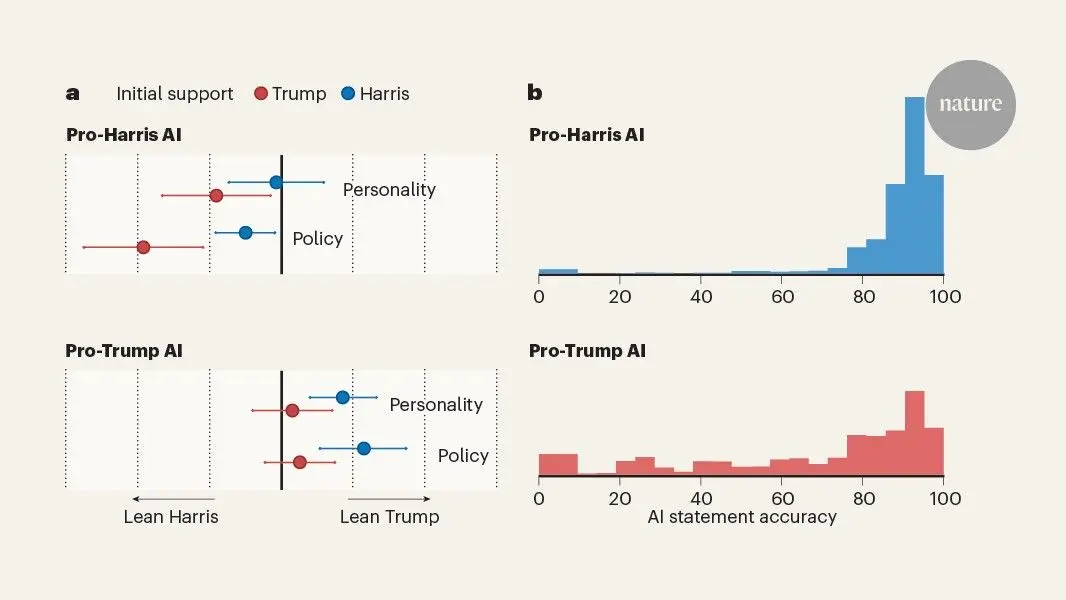
2
Trump signs executive order to override state AI laws despite bipartisan pushback
Policy and Regulation

3
OpenAI warns upcoming AI models will likely pose high cybersecurity risk with zero-day exploits
Technology
